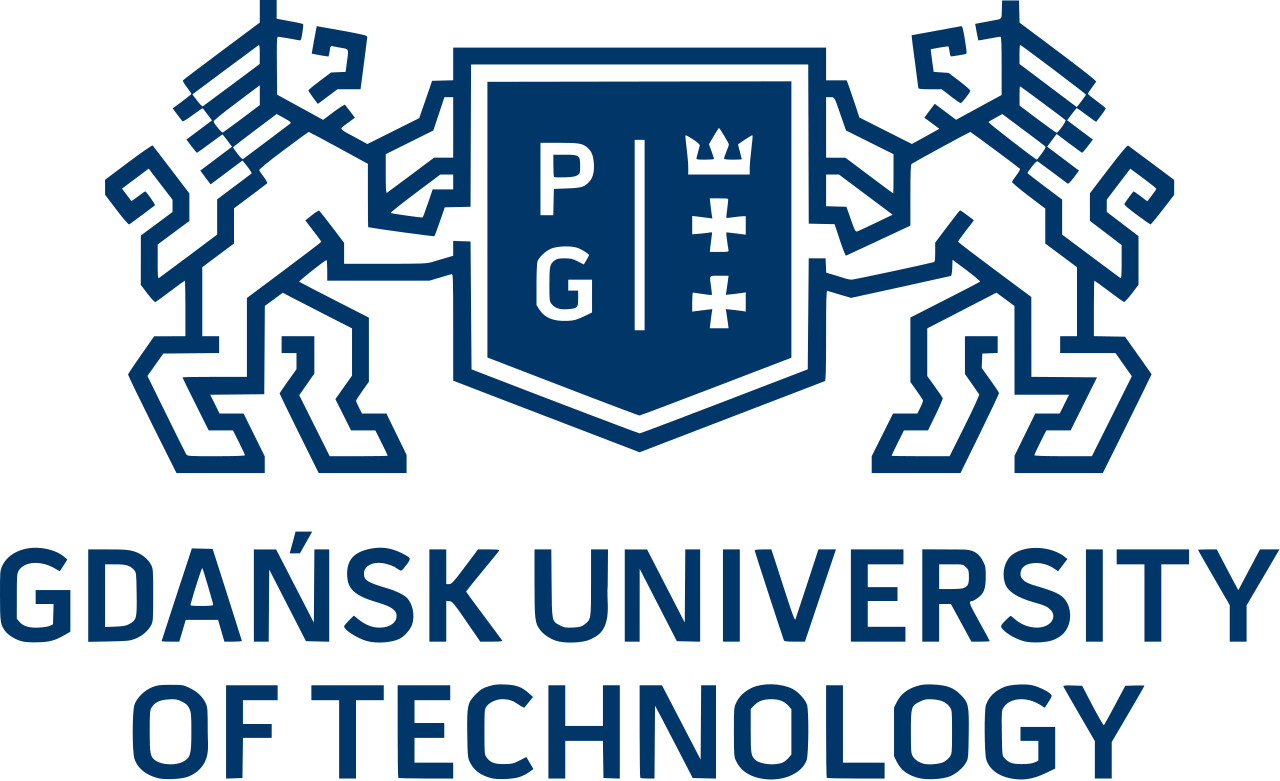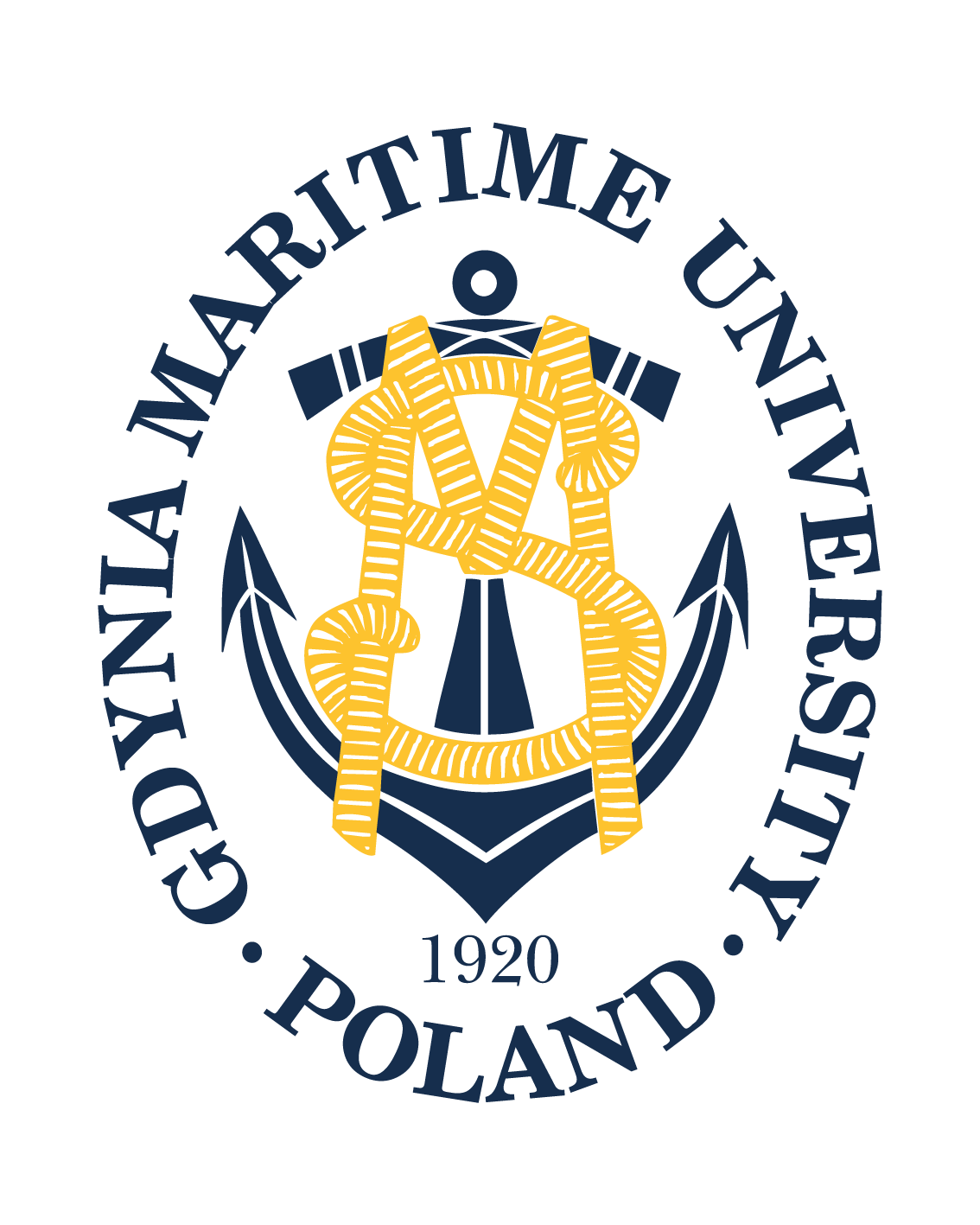Bioimpedance Spectroscopy Monitoring-Designing Challenges and Description of the Acquired Results
B. Szuster, Z. Szczurek, D. Roj, A. Sobotnicki, P. Kowalski (ITAM Zabrze, Poland)
Non-invasive body composition measurement methods aid in the health condition evaluation. Constantly improving, are becoming more and more popular among the specialists. Those methods consist of various imaging techniques and ways for obtaining electrical signals generated by the human body. One of those non-invasive methods, based on the human body impedance is the bioimpendance spectroscopy. The general principle is to check the feedback for few different frequencies of alternating current with fixed amplitude. Bioimpendance spectroscopy allows to measure the composition of the body or the hydration level for certain body areas, eg. chest or abdomen. It’s widely used by dieticians, cardiologists and neurologists. Bioimpedance spectroscopy is the main subject of this article. In the introduction to this study, you can find the nature behind the research, the idea, range and the need for research of that kind. Moreover, in the article there is a comparison between methods that are based on two and four electrodes. The device, which has been created in ITAM Zabrze, has also been briefly described. In addition, way of processing the data, so it could be used to calculate the necessary parameters (Fat Free Mass (FFM), Fat Mass (FM), Total Body Water (TBW), Intercellular Water (ICW) and Extracellular Water (ECW)), has also been presented. The problems with and methods for cole-cole model creation, basing only on a part of curve, measured with bioimpendance spectroscopy, have also been discussed.
Download one page abstract









